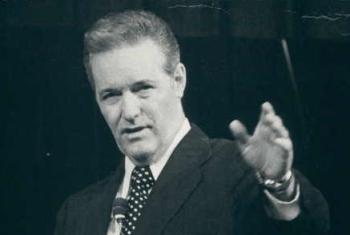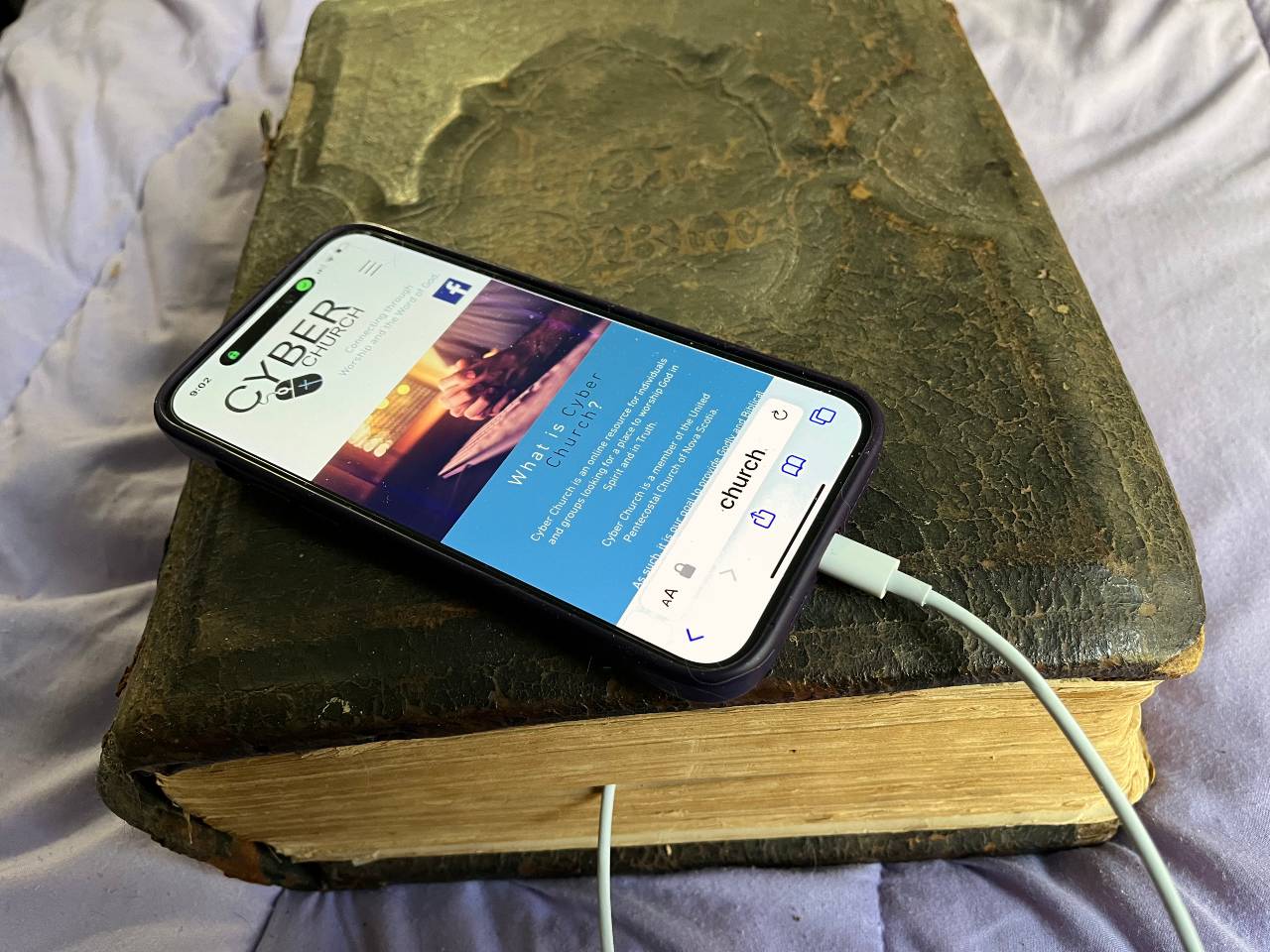In April 2020, Lifeway Research found that 97% of Protestant pastors offered on-demand messages online. Four years later, a noted Christian TV expert says the pre-pandemic novelty is more critical than ever.
Last month, Dr. Phil Cooke, founder of Cooke Media Group, was on a National Religious Broadcasters 2024 panel about “How Christian TV Can Still Win in a Digital Age.” Since COVID-19 shuttered Americans from church, among everything else, live streaming proves “winning” is an understatement.
In June 2023, Lifeway shared that nearly 40% of Protestants have streamed a church service live more than five times in the past 12 months. However, Cooke saw that growth begin before the Coronavirus spread globally.
“Even before the global pandemic, I had been advocating for churches to adopt this method, and the results have been astounding… in terms of their congregation and financial support,” he shared with Beliefnet. “However, the key is treating that live-stream audience as a legitimate congregation, not just hanging a camera off the balcony rail.”
What was considered televangelism is now ministry television programming, an arm of the church or ministry to stay visible in front of current and prospective viewers. The live-streaming church has morphed from a luxury to stay connected into a holistic ministry.
Cooke suggests that the state of Christian television today is vital as a tool for the greater need—fulfilling the Great Commission.
Getting Back to the Televangelism Basics

The history of televangelism traces back to the early 1950s with Rex Humbard, who led the church and weekly broadcast “Cathedral of Tomorrow” from 1952 to 1983. He inspired a nation of preachers who solely wanted to maximize the use of radio and television to reach the lost with the Gospel.
It took almost 30 years for Jeffrey K. Hadden and Charles E. Swann to use a portmanteau of “television” and “evangelism” to coin the term. Humbard pioneered televangelism with a message of hope and faith and did precisely what Cooke encourages preachers today to do.
Due to the popularity of global TV networks, televangelism is synonymous with respected ministers of the airwaves like Robert Schuller, Oral Roberts, Charles Stanley, Joyce Meyer, and Mario Murillo. Nonetheless, it was the work of Humbard that Cooke notes should be the inspiration for these “new approaches” using broadcast evangelism.
“More and more churches are using local television as a tool to reach people in their communities,” he said. “The goal of many of these pastors isn’t to become a nationwide name but to use television in their local markets to build the church.”
The growth of the Church has always been paramount to the preachers of yesterday and today. Despite declining interest in religion, church attendance is up to 85% of pre-pandemic levels. As for the other 15%, they may be attending church without leaving their home.
Church Un-usual

What was a means to extend a ministry’s outreach through televangelism has become a vital arm to feed a flock and find the lost. COVID forced pastors to rethink evangelism. Technology equipped them to do it. Today, the hybrid church model is becoming the norm. Gone are the days of committing the church address to memory, and welcome to bookmarking church web addresses.
The Pushpay State of Church Technology Report shares that online connection is the fastest-growing bridge between pastors and their parishioners. Close to 9 out of 10 churches still offer in-person and online options, and 81 percent of those surveyed made the hybrid model permanent.
And let us consider one another in order to stir up love and good works, not forsaking the assembling of ourselves together, as is the manner of some, but exhorting one another, and so much the more as you see the Day approaching. (Hebrews 10:24-25 NKJV)
We asked Cooke if technology is for the Church or causing us to forsake it. “In today’s digital age, people are more likely to try out a church online before they show up in person. So why not make that experience as genuine and authentic as possible,” he said.
Statistics validate that thinking for today’s online-literate churchgoer.
- 33% of church attendees first found their church online.
- 53% of practicing Christians streamed their church’s services online.
- 96% of pastors live-streamed their services during the pandemic.
- Although they don’t attend church regularly, 17 million Americans visit church websites.
- Most hybrid churches are increasing their regular attendance by 50% to 195%.
Using digital tools is a must to reach millions today, but as Cooke concluded, the pioneering mindset of humanity has been evangelism’s primary instrument throughout history.
“Just as the Apostle Paul used the technology of his day–Roman roads–to build the early church, followed by Martin Luther used the printing press to transform Europe, it’s critical we use the digital technology of our day to continue the Great Commission.”


